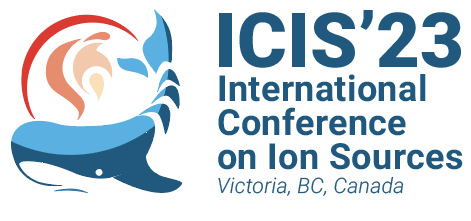Speaker
Description
MYRRHA will be the world’s first large-scale Accelerator Driven System at power levels scalable to industry. In ISOL@MYRRHA, Radioactive Ion Beams (RIBs) will be produced using the Isotope Separation On-Line (ISOL) technique, with increased isotope production through high-intensity primary beam and long irradiation times. High-quality RIBs are to be maintained over that period, up to 4 weeks. As an initial source, a surface ion source, or hot cavity, was chosen for its reliability and simple design.
This ion source type was studied theoretically and experimentally by Kirchner [1990, Nucl. Instrum. Methods Phys. Res. A 292] and the temperature was clearly identified as a key element to the ion source operation, but it was assumed to be constant along the cavity. However, a set of finite element thermal-electric simulations performed with ANSYS as well as measurements conducted by researchers at SPES [Manzolaro 2017, Rev. Sci. Instrum. 88] have shown a temperature inhomogeneity along the cavity, where the temperature is the highest in the middle of the cavity and decreases towards both edges.
A new ion source design was studied to reduce this inhomogeneity: a modified heating system was proposed with an Active Thermal Screen (ATS). The formerly passive thermal screen from SPES and ISOLDE is now an actively heated part which will heat up the cavity end. As a first validation of this design, simulations were performed in an earlier work [Hurier 2020, J. Phys. Conf. Ser. 2244] and the calculated thermal profile showed a significantly reduced temperature drop at the cavity’s end compared to SPES results. A first prototype was constructed and tested at CERN to validate the ANSYS thermal-electric simulations. Secondly, the surface (and laser) ionisation properties of this prototype were tested at the ISOLDE Offline II at CERN. These experimental results will be presented in this contribution.
| Funding Agency | SCK CEN Academy |
|---|---|
| Email Address | sophie.hurier@sckcen.be |
| I have read the Code of Conduct to attend ICIS2023. | Yes |
| Presenter if not the submitter of this abstract | Kim Rijpstra |

